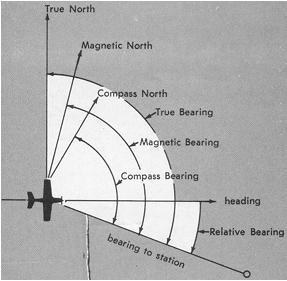

Simply subtract or add 180° to find Magnetic Bearing from the station. You are adding the number of degrees of turn to your heading if you turn right from your current heading to fly to the station. Magnetic Bearing (MB) – The magnetic bearing to the station is the exact route you’d have to fly to the station. You are to the right of the line between the two points if the middle section is to the right of the rest of the arrow. When it’s broken, you’re crossing the line between the two points. The bearing pointer is a line that runs from where you started to where you want to go. These dimensions are sometimes used to refer to bearings in the order of ID x OD x W. All bearings will have a width (W), an inner diameter (ID), and an outside diameter (OD). Let’s say you need to know the true bearing of Bruin Channel. 225 59 166 Likewise, if you want to know the true bearing you can substitute other numbers. Using a vernier caliper, such as the one below, or measuring accurately with a ruler, you can measure the dimensions of a bearing. Bearing (B) is the direction of one terrestrial point to another, expressed as angular distance from 000 (North) clockwise through 360. A simple calculation here will give you the relative bearing. The second method will ensure you stay with the protected airspace for the airway or approach.What is the best way to measure bearings?

The first method may make you fly into the side of a mountain. The direction on earth of some point relative to the true North (True bearings) or magnetic north (Magnetic bearings). In this scenario, we determine if we are still on the MB to the station and if not, we correct by changing our heading and then letting the ADF needle fall back towards the MB we want.


The reason why we want to know the magnetic bearing is so we can track directly to the station with or without winds. The instrument flying handbook has a good picture of this arc. The wind blows you off your new course and the process starts all over again. These bearings are useful as a way to identify a target such. The wind is blowing you off course so you correct by putting the needle back on top. It's always good to get your bearings so in this article, we explain what the difference is between true bearing and relative bearing. If you place the needle of the ADF directly on top of the ADF you will track towards the station but not directly to it.Ĭonfused yet? In a no-wind situation, you will track directly to the station but with any wind you will make an arced path towards the station.


 0 kommentar(er)
0 kommentar(er)
